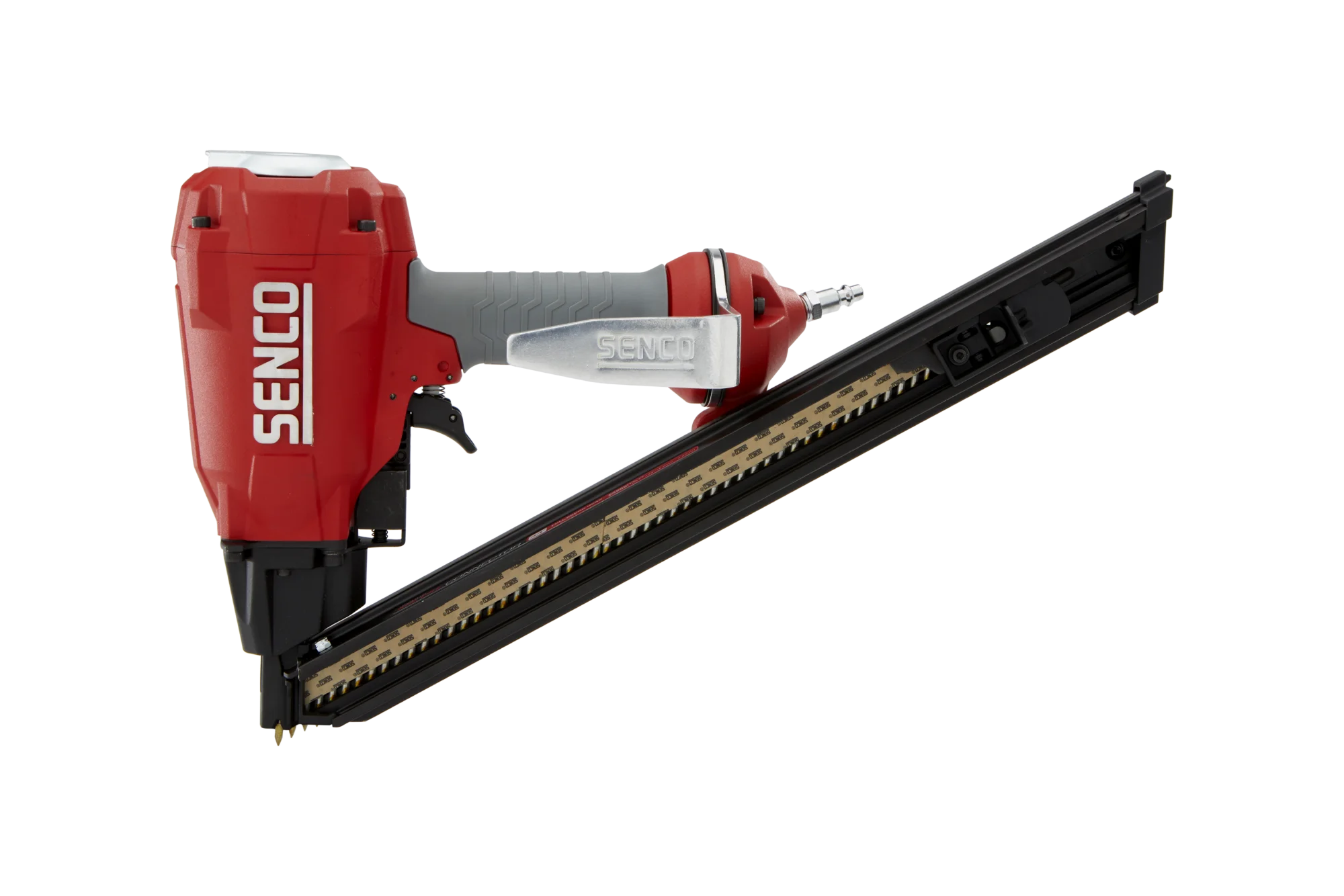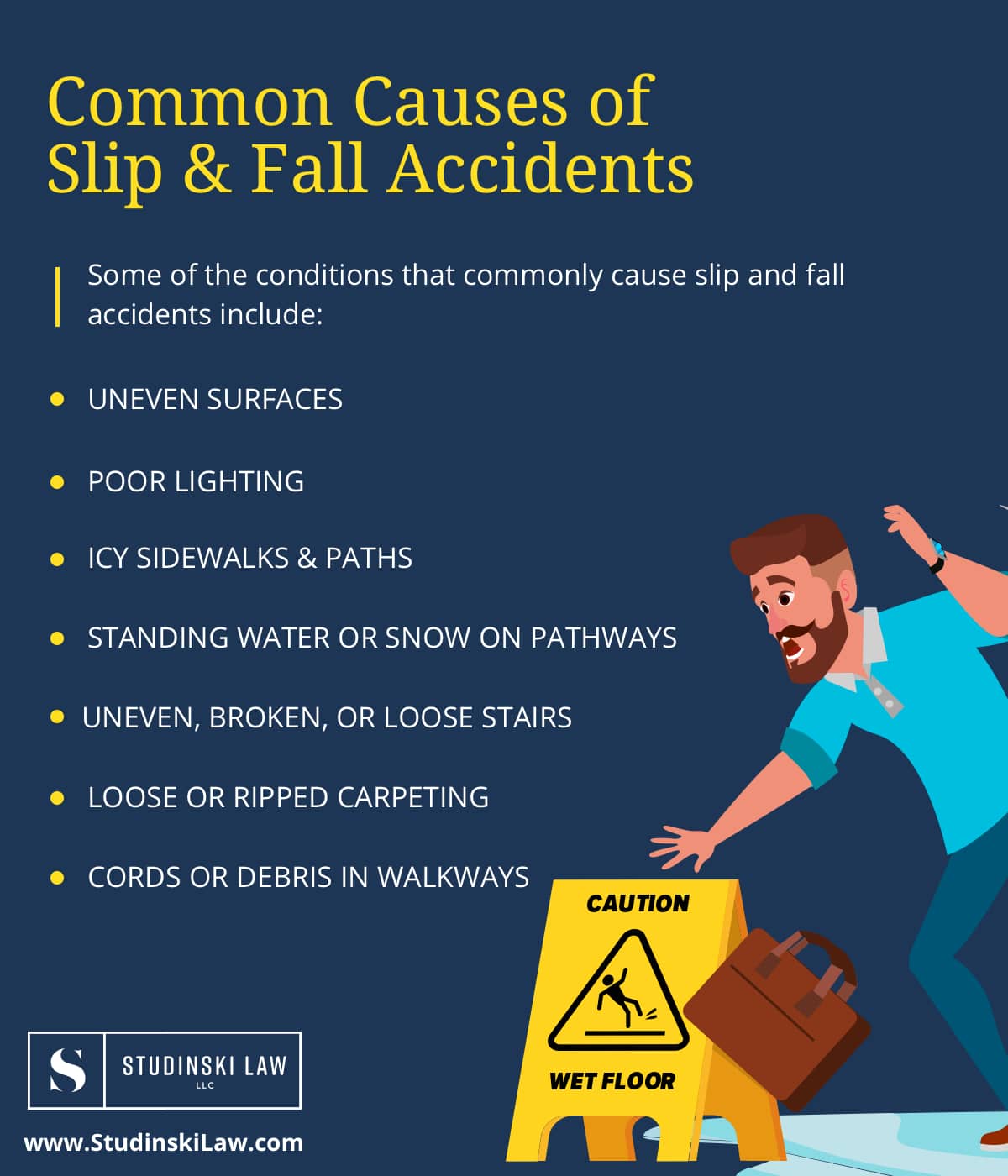Truckers face a unique set of challenges compared to other drivers on the road. Besides the dangers associated with driving large, heavy vehicles, they also must contend with the risk of trailer jackknifing, a potentially catastrophic event that can result in severe injuries or even death. In this blog post, we’ll delve into the common causes of trailer jackknifing and explore ways to minimize this risk.
Trailer jackknifing can occur when the trailer of a semi-truck swings out perpendicularly to the cab, forming a “jackknife” shape. This can happen for a variety of reasons, including:
Understanding the common causes of trailer jackknifing is the first step in mitigating this risk. By educating yourself about the factors that can lead to this dangerous event, you can take steps to avoid them and protect yourself and others on the road.

The Perils of Trailer Jackknifing: A Personal Testimony
I’ve been driving semi-trucks for over 20 years, and I’ve seen firsthand the devastating consequences of trailer jackknifing. One incident that sticks out in my mind occurred during a rainstorm. I was driving down a steep hill when my trailer began to slide out to the side. I tried to correct it, but it was too late — the trailer jackknifed, and the entire truck rolled over.
I was lucky to escape with minor injuries, but the experience left a lasting impression on me. Since then, I’ve always been extra cautious when driving in wet conditions, especially on hills. I’ve also learned the importance of proper load distribution and tire maintenance to minimize the risk of trailer jackknifing.

A Deeper Dive into Trailer Jackknifing
Trailer jackknifing occurs when the force acting on the trailer exceeds the friction between the tires and the road surface. This can happen due to several factors, including:
Excessive speed: Driving too fast, especially on curves or hills, increases the likelihood of trailer jackknifing.
Sudden braking: Braking too hard or suddenly can cause the trailer to swing out.
Overloaded trailer: A trailer that is overloaded is more likely to jackknife because the weight distribution is uneven.
Improperly loaded trailer: A trailer that is not properly loaded can shift during transit, which can lead to jackknifing.
Worn tires: Tires with worn treads or low tire pressure can reduce friction and increase the risk of jackknifing.
Mechanical problems: Mechanical issues with the truck or trailer, such as brake problems or suspension problems, can also contribute to jackknifing.

The Hidden Dangers of Trailer Jackknifing
Trailer jackknifing is not just a danger to the truck driver. It can also pose a severe threat to other vehicles on the road, as well as pedestrians and cyclists. When a trailer jackknifes, it can block multiple lanes of traffic, causing extensive delays and potentially leading to secondary accidents.
In addition, the force of the impact in a jackknife accident can be catastrophic. The trailer can crush other vehicles, causing severe injuries or death. The truck driver may also be ejected from the cab, increasing their risk of serious injuries or death.
Trailer jackknifing is a preventable accident. By understanding the common causes and taking steps to mitigate the risk, truck drivers can help to keep themselves and others safe on the road.

Recommendations for Mitigating Trailer Jackknifing Risk
There are a number of steps that truck drivers can take to reduce the risk of trailer jackknifing, including:
Drive at a safe speed, especially on curves and hills.
Avoid sudden braking.
Ensure that the trailer is properly loaded and distributed.
Inspect the truck and trailer regularly for mechanical problems.
Maintain proper tire pressure and tread depth.
Take extra caution when driving in wet or icy conditions.

Trailer Jackknifing: A Case Study
In 2019, a semi-truck driver was driving down a highway when he lost control of his trailer. The trailer jackknifed, blocking both lanes of traffic. The driver of a car behind the truck was unable to avoid the collision and crashed into the trailer. The car driver was seriously injured and had to be taken to the hospital.
This case study highlights the importance of understanding the causes of trailer jackknifing and taking steps to prevent it. By following the recommendations outlined above, truck drivers can help to keep themselves and others safe on the road.

Tips for Avoiding Trailer Jackknifing
Here are some additional tips for avoiding trailer jackknifing:
Use a trailer stability control system. This system can help to prevent the trailer from swinging out in the event of a sudden maneuver.
Be aware of your surroundings. Pay attention to the road conditions and the traffic around you.
If you feel the trailer starting to jackknife, do not overreact. Stay calm and gently steer the truck in the direction you want to go.

Trailer Jackknifing: A Preventable Accident
Trailer jackknifing is a preventable accident. By understanding the causes and taking steps to mitigate the risk, truck drivers can help to keep themselves and others safe on the road.
If you are ever involved in a trailer jackknifing accident, it is important to remain calm and follow these steps:
Pull over to the side of the road if possible.
Turn on your hazard lights.
Call 911 and report the accident.
Stay in your vehicle until help arrives.

Fun Facts about Trailer Jackknifing
Here are some fun facts about trailer jackknifing:
The term “jackknife” comes from the way the trailer folds up against the cab of the truck, resembling a jackknife.
Trailer jackknifing is more common in wet or icy conditions.
Trailer jackknifing can cause the truck to roll over, which is especially dangerous for the driver.
Trailer jackknifing can be prevented by following the recommendations outlined above.

Conclusion of Common Causes Of Trailer Jackknifing: Understanding The Risks
Trailer jackknifing is a dangerous and potentially preventable accident. By understanding the common causes of trailer jackknifing and taking steps to mitigate the risk, truck drivers can help to keep themselves and others safe on the road.
